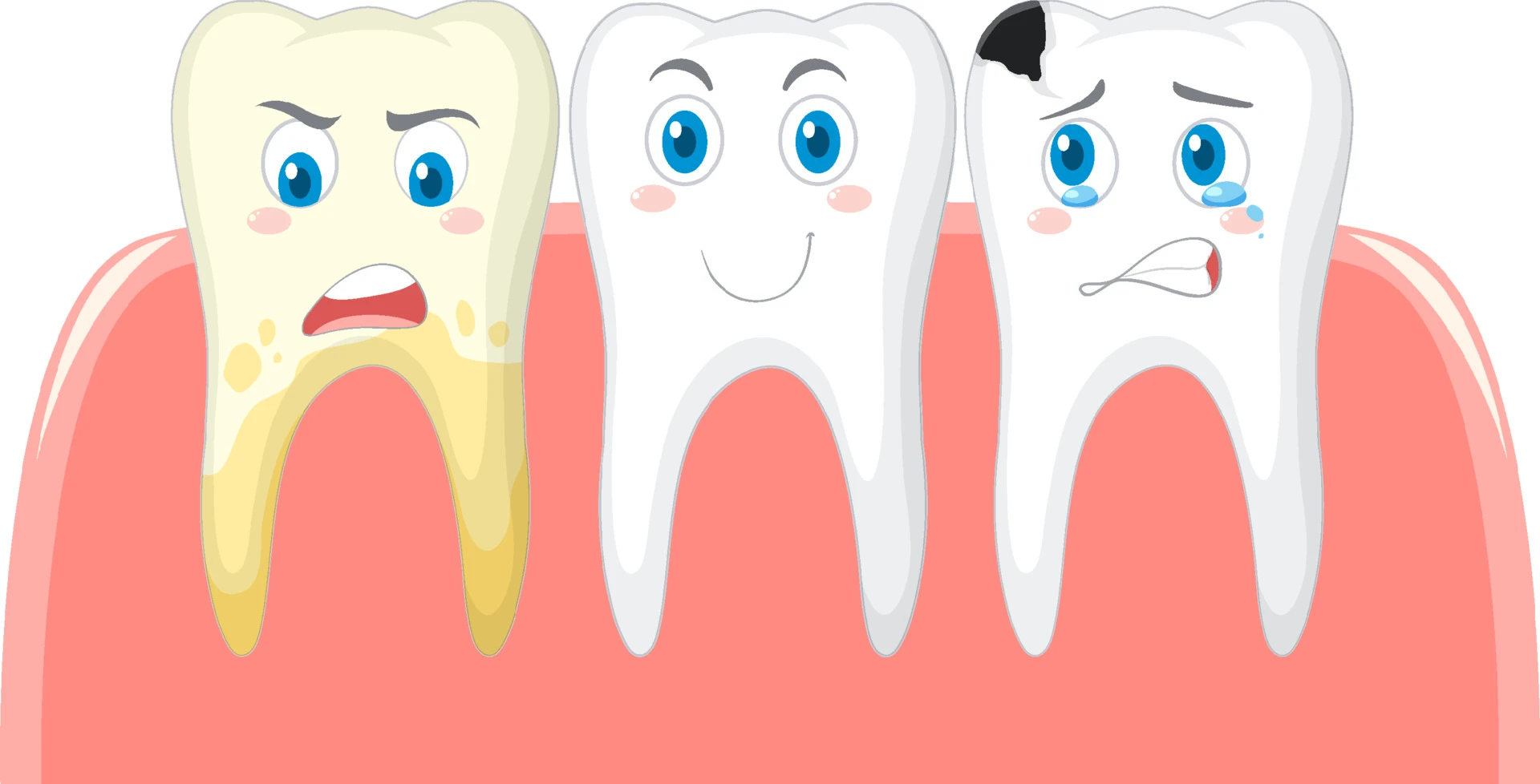Medicaid has played a significant role in improving US oral health, particularly for children, but with gaps and limitations for adults. Here's a breakdown of its successes and challenges:
Successes for children:
Early and Periodic Screening, Diagnostic and Treatment (EPSDT): This mandatory benefit for children under 21 ensures comprehensive oral healthcare, including preventive services, screenings, and treatment. Studies show EPSDT has led to improvements in children's oral health outcomes.
Increased utilization of dental services: Overall, more children enrolled in Medicaid are accessing dental care compared to those without insurance.
Reduced disparities in oral health: While disparities across different racial and socioeconomic groups still exist, studies indicate that Medicaid is helping to narrow the gap in oral health outcomes between low-income children and their higher-income peers.
Challenges:
Limited coverage for adults: Most states offer only emergency or limited dental services for adults on Medicaid. This lack of comprehensive coverage limits their access to preventive care and can lead to more serious and expensive problems down the line.
Provider shortages and access issues: Finding Medicaid-accepting dentists in some areas can be difficult, particularly in rural regions. This can lead to delays in care and challenges for patients with transportation limitations.
Low reimbursement rates: Some dentists are discouraged from treating Medicaid patients due to the low reimbursement rates they receive, further limiting access to care.
Overall, Medicaid has made substantial progress in improving oral health for children in the US, but significant gaps and challenges remain for adults. Increasing access to comprehensive dental coverage, addressing provider shortages, and raising reimbursement rates are key areas for future improvement.



